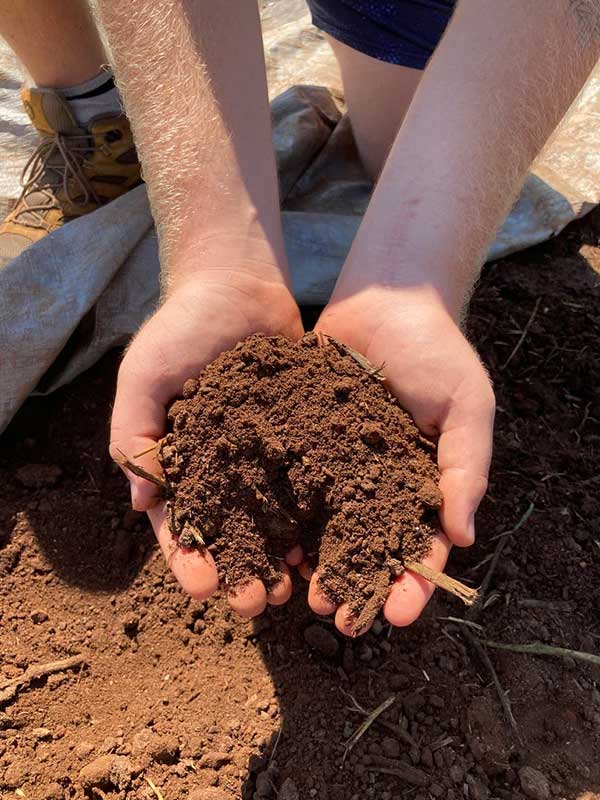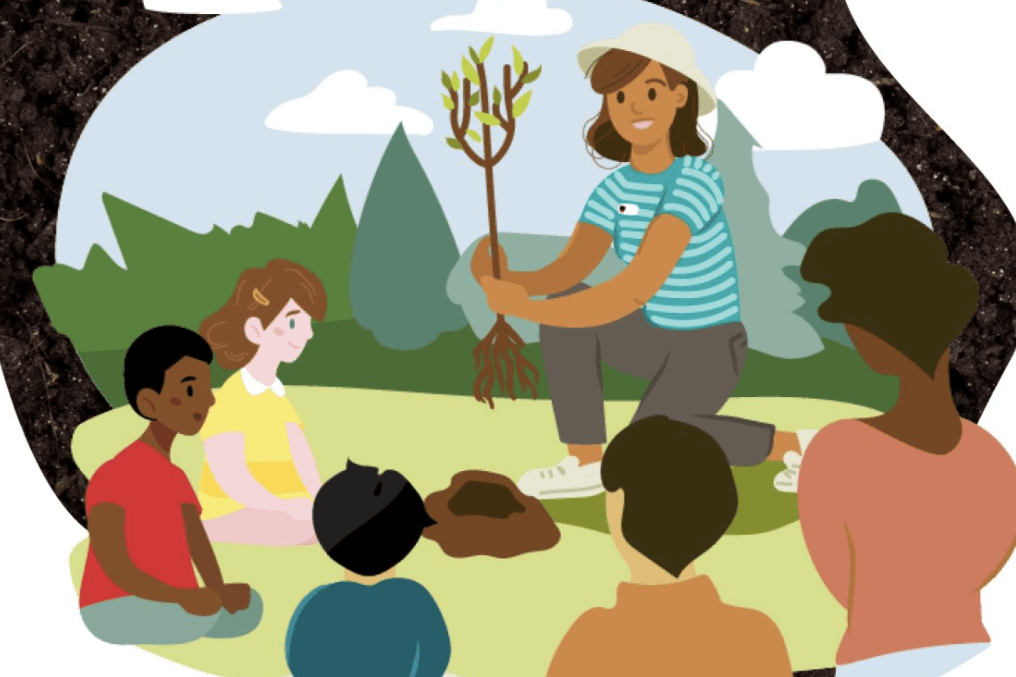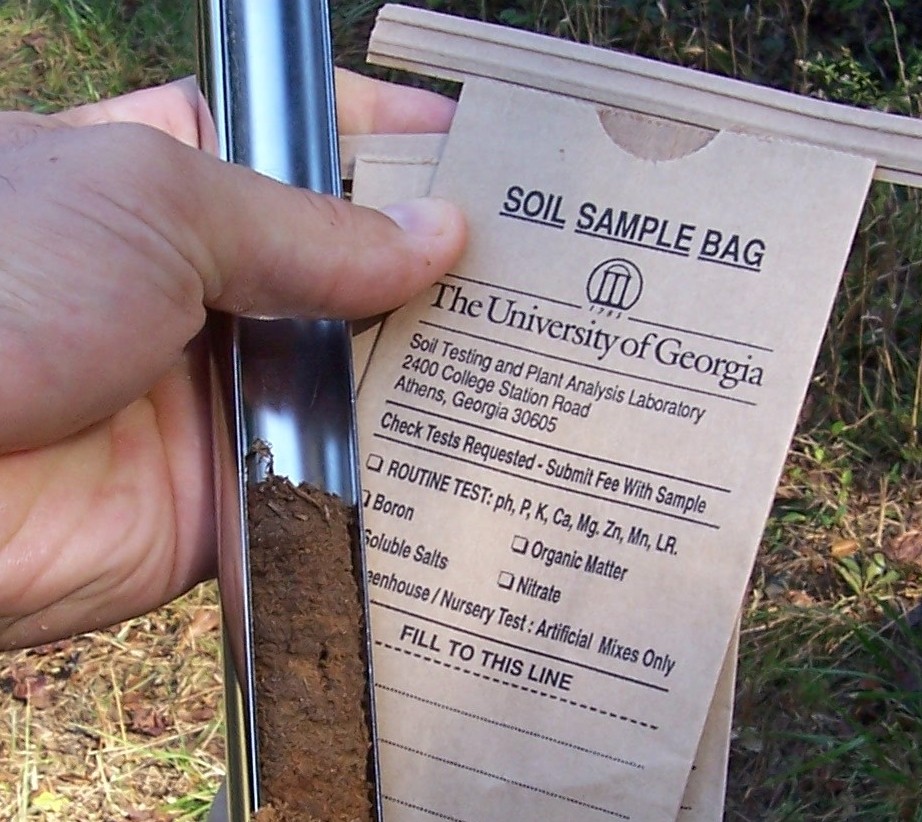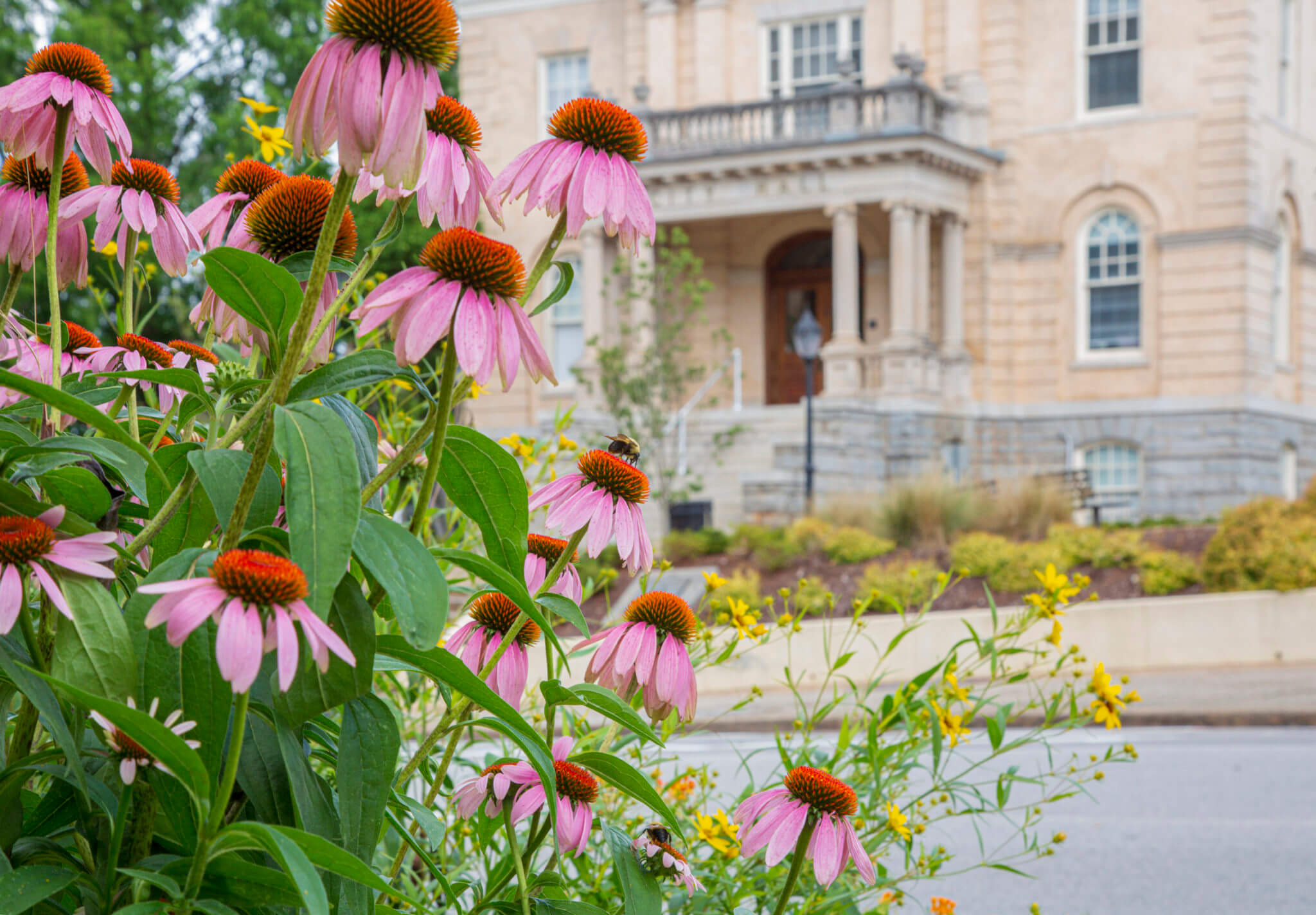Resolve to live more sustainably in 2015 by creating a compost pile or bin to help reduce household waste.
Many items thrown into the trash can be sorted out and composted in the backyard, and benefits go well beyond waste reduction. Compost can be used to improve garden soil and make landscapes and vegetable gardens more productive. With a little organization and a designated space, home gardeners can amend their own soil through composting.
Start by finding a space where the compost can "cook." The location should be in full sun, at least 3 feet by 3 feet by 3 feet, out of the way and with good drainage.
A compost container can be bought or built with materials like welded wire, fencing, pallets or blocks. Open spaces should be left on the container’s sides to allow good air circulation through the pile, and the bottom should be open to the ground.
Just like cooking a meal, cooking compost involves following a recipe. Almost any organic plant material can be used for composting, including grass clippings, leaves, flowers, annual weeds, twigs, chopped brush, old vegetable plants, straw and sawdust.
Avoid composting diseased plants, weeds and seeds or invasive weeds, like morning glory. Vegetable peelings and coffee grounds can also be composted, but avoid adding meats, bones and fats that may attract animals.
For best decomposition, mix a variety of materials. Most compost piles are layered with whatever organic material is available at a given time. The smaller the pieces of organic matter, the faster they will decompose. Once a layer of organic matter is added, add a little garden soil or animal manure. This adds fungi, bacteria, insects and worms to the pile and helps speed up the decomposition process.
Keep the pile moist, but not too wet. To speed up the decomposition process and prevent odors, use a shovel to mix the pile once a month. Compost is completely "cooked" and ready when it looks like rich, crumbly earth and the original organic material is no longer recognizable.
With every mix of the pile, some ready-to-use compost should be available. This compost can be added to the soil before planting vegetables or trees, shrubs or flowers. It can also be used as mulch on the soil surface, or as a potting soil for container plants.
Completely cooked compost will slowly release nutrients into the soil, but don't rely on it for fertilization. Your plants will still need to be fertilized appropriately.
For more on how to begin composting, see University of Georgia Extension publication C981 at www.extension.uga.edu/publications/.




.png)


.jpg)